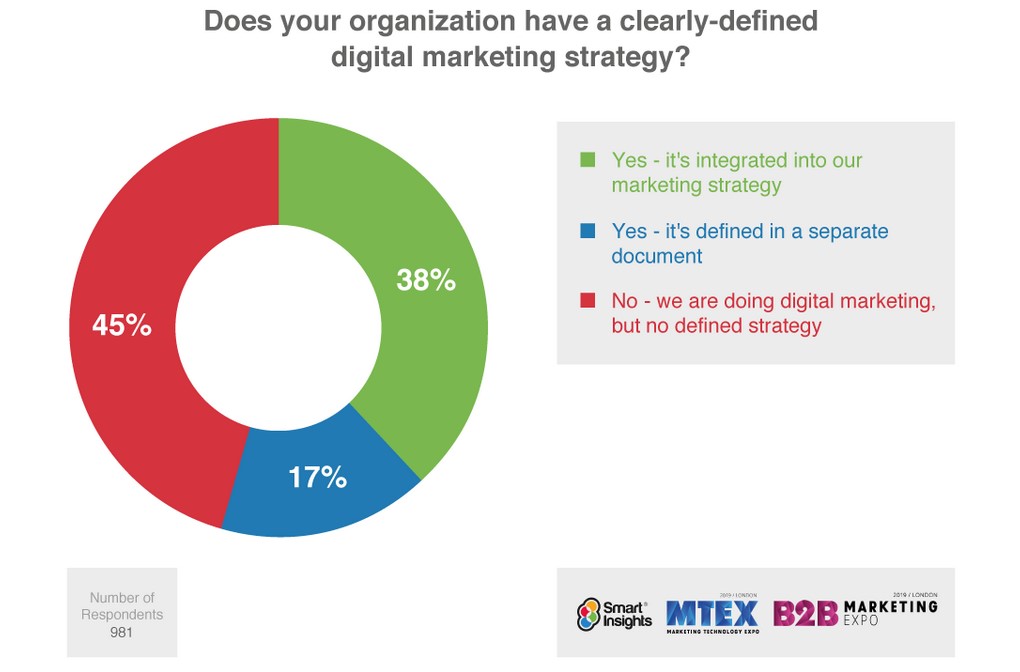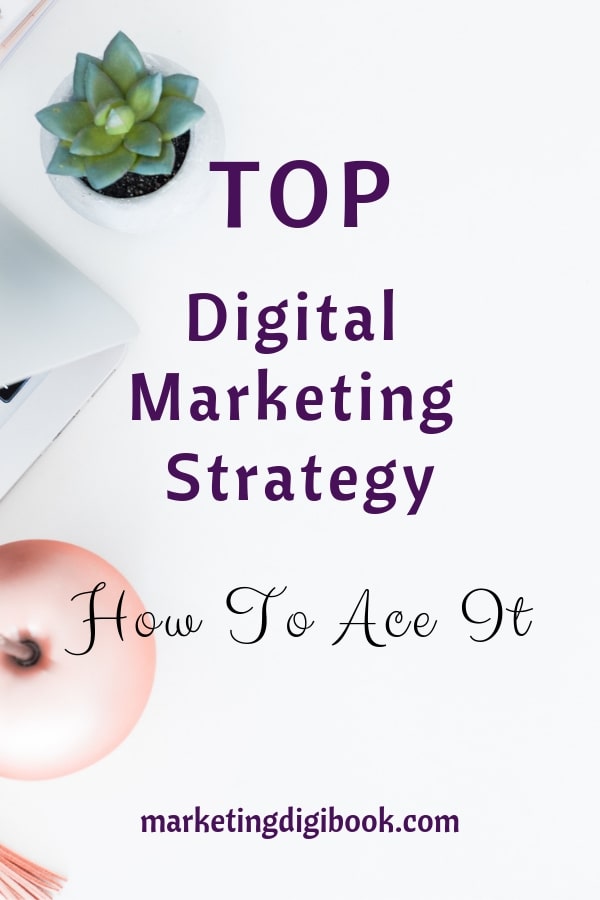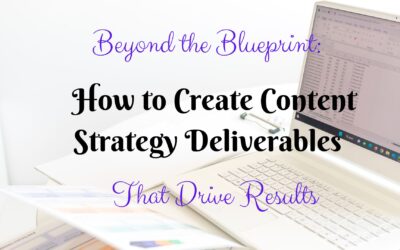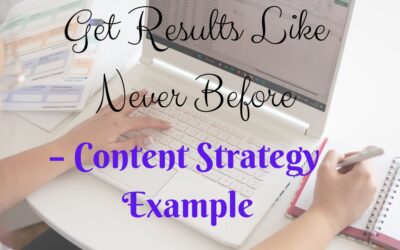As 2023 gains momentum, new technologies are coming out while existing ones are getting smarter. The targeted customers are not being left behind either; they’re getting savvier even as they get bombarded with more marketing each day. And as these changes continue, the goal of a digital marketing strategy framework remains the same, to continue gaining and keeping the audience’s attention.
It’s for these reasons that businesses are considering new competitive advantages and ways to keep the audience connected by strengthening their digital marketing campaign efforts. This not only involves improved ways of creating ads but now also involves creating an impact on the way people buy products, by reaching where your consumers are, having in mind that this doesn’t necessarily mean a physical place.
So, What’s a Digital Marketing Strategy?
A digital marketing strategy is a sequence of activities aimed at supporting your company’s goals through carefully selected relevant marketing channels. These activities are guided by the fact that nowadays people trust other consumers more than they trust advertised brands, they prefer buying items that are not necessarily displayed as products. So, companies must strategize new ways of making people feel like they need their products.
Invest In Your Business
Your Content Strategy Doesn’t Deliver the Expected Results?
Research conducted by ODM Group found that over 70% of consumers consult social media before making a purchase, in order to get reviews of what others are saying. It’s no longer just about ads.
According to a Smart Insights research “Managing Digital marketing research report,” no less than 45% of companies have no coherent, detailed planned digital marketing strategy to respond to these new challenges.

Source: Smart Insights
Why Is It Compulsory to Have a Digital Marketing Strategy Framework?
In order to remain relevant, you must have a clear understanding of what you’re doing and where this positions you in terms of achieving your goals. It also gives you a picture of what you require to do next.
Here are a few reasons why you should put in place a digital marketing strategy right away:
a. It gives you a sense of direction and focus
You need a proper strategy to achieve your goals. It guides you to know whether you’re headed in the right direction and whether you’re executing your goals in a timely manner.
b. You get to understand your customers better
You’re able to track your customers’ behavior and sentiments by measuring all your qualitative and quantitative data. This allows you to address all their pain points while allowing you to know them better, eventually; you can discover insights that allow you to make better decisions.
c. You stand out from the crowd
You gain better online standing compared to your competition when you differentiate yourself. How do you do this? Encouraging interaction with both your new visitors and returning customers that keeps them interested guarantees more click-through rates.
d. Better budget planning
You may have all the resources you require, but without proper planning, you may fail flat. A digital marketing strategy framework enables you to outline all your activities along with the required or available budgets. It ensures each vision is aligned with each department, offering clarity and focus. This way, you can develop the governance needed to pilot new technologies, share important data across the organization and manage all other processes.
e. Continuous optimization
A well-outlined digital marketing strategy gives your brand a sense of direction through its constant optimization and therefore creates a continuous environment for improvement. It’s critical to constantly track the new efforts you’re implementing.
f. You win on ROI
As said above, when you’re able to measure each of your digital marketing actions, you’re guaranteed cost-effectiveness. This means you can create the possibility to boost other digital marketing operations. When done correctly, you will without doubt obtain your ROI.

Visuals are the first vector of sales.
Use Professional Styled Stock Photography to Promote Your Business.
Challenges in Creating a Successful Digital Marketing Strategy Framework
i. Defining Success
It may be difficult to know if your brand’s digital marketing strategies are working. So, what’s the solution to this? First, take time to identify and determine your goals then secondly identify your key performance indicators that will drive these goals.
Establishing these two factors before starting the day-to-day activities of implementing the strategies will be essential in defining your success.
ii. Tight Budget and Resources
You may experience financial scale back and may be required to work with a very small budget. What most companies fail to understand is that marketing is a means of profit for an organization. So, what you may do in this regard is find creative ways to use what you have.
Digital marketing achieves more when you’re focused on adding value to your customers, by offering them solutions to their problems. Create strategic content that will offer these solutions to them while positioning you at the top of search engines and social media trending topics.
Resources here may mean manpower or staff to come up with a strategy. In this case, you can incorporate influencers to boost the credibility of your already existing content.
This way you’ll earn trust and capture the attention at a budget.
iii. Time
If you haven’t figured out a way to add more hours into your 24-hour day, don’t worry, no one has. Struggling to create enough time and resources to feed into your marketing activities is a common problem for most marketers.
One solution for this is finding someone else to run this entire project for you if budget is not one of your problems. The outsourced party must be very well-versed in your brand and your goals. On the other hand, if outsourcing is not tenable, then you may have to break down your targets into stages of smaller responsibilities and allocate each task a specific achievable time. This will definitely help.
iv. Innovation
Every other day, brands come up with new excellent ideas that seem to create a buzz all over the internet. If you’re not in this group you can get quite frustrated and may feel stuck. In such a situation, search for your own inspiration by thinking of all ideas and writing them down, even the ones that feel outside the norm, and listing them all.
Sometimes the crazy ideas are the ones that turn out to be the most effective. Be different, but with a clear message of what you want your customers to know.
So, while you may not be able to be in control of each and every situation that you may encounter, it’s important to know challenges will come, and watching for them as you progress with your strategy is the best approach.
Steps to Drafting a Powerful Digital Marketing Strategy Framework
1. Identify Your Buyer Personas
The very first step should be to get a solid understanding of who your ideal customer is. This is very important because it will direct you on which marketing platforms you can find them on, how they interact, and their expectations from you as a brand.
Through conducting interviews, research, and surveys from your target audience as well as prospects, you can get real data that will enable you to create your buyer personas.
The typical type of information that you should collect will largely vary depending on your business. However, here is a couple of basic information that you will need:
- The demographic information such as location, age, and income of your customers or prospective customers.
- Qualitative or psychographic information such as the customers’ objectives that they hope to achieve, their hobbies and interests, and the challenges they face.
2. Consider the Content Marketing Funnel
The digital sales funnel involves several different steps that buyers move through before they finally get to the purchase stage. And because businesses are different, these stages may vary, that said here are the general steps that they may move through:
- Discovery – This is when they hear about your brand and product for the first time.
- Consideration/Exploration – The potential customer is looking into your product to learn more about it and possibly check out the market to see similar products.
- Purchase – They are convinced and do make the purchase now.
- Loyalty/Brand Advocacy – Satisfied, they become loyal and may recommend your brand to others.
What you must understand about the digital funnel is that the customers at each level don’t respond the same way. The one at the discovery stage will respond differently from the one at the purchase or loyalty stage. This means that your digital marketing strategy needs to be tailored in such a way that it will cater to customers individually at each level.
3. Set Your Objectives
It’s always difficult to chart a course if you haven’t chosen your destination, having objectives is only half the battle, yet very important. You should be able to define your strategy objectives, which should be pegged to your brand’s mission and overall goal.
You will need to measure your key performance indicators by identifying the figures you plan to achieve. The best approach here is to look at your previous digital marketing targets and achievements; you can base your current KPIs on these previous efforts to guide you on realistic targets.
4. Establish Your Digital Avenues
What avenues are you currently using? Do you dispose of your own media or do you currently pay for it? It’s important to have in perspective your current and possible future avenues for your digital marketing.
Owned media means that you own your digital assets (content stored digitally in the form of images, videos, spreadsheets, etc.) either on your website, blog content, social media profiles, or other such platforms.
Paid media on the other hand means just that. You have to pay for your visibility through various types of channels such as Google AdWords, Facebook ads, native advertising, or paid social media posts.
Earned media refers to visibility or exposure you have earned. It could come through customer reviews from successful deliveries, content you may have shared on other websites through guest posting or backlinks, or social media shares among other channels.
Depending on your business, it’s possible to successfully incorporate all the above in your digital marketing strategy framework. This is also a good time to perform an audit of your current digital channels and decide whether you will outsource specific sections of your digital marketing campaign and whether you’ll have to have a budget to hire manpower.
5. Asses Your Budget, Realistically
Having established your objectives, personas, and avenues aren’t going to take you anywhere until you ascertain your budget. This is what is actually going to guide your marketing strategy plan because it will dictate how much you are going to allocate to what.
You can look at your previous data to see what worked before and consider allocating more to it, at the same time if certain elements of your current strategy are not performing as anticipated, you can re-invest the allocated budgets to the elements that are performing well.
This is not meant to restrict you though, simply because whichever way you choose to look at it, digital marketing will always be cheaper than the old conventional ways. This means your kick-ass content can gain much more for you if distributed in a smart and strategic manner.
6. Execute and Launch Your Digital Marketing Plan
Implementation of your strategy may take days or even weeks to properly launch. You must ensure that each of your digital assets goes live at the most appropriate time in regard to your target audience’s peak time, the platform you’re using, and the mode (image, video, etc.)
Be keen and realistic about the time needed to set up the whole campaign launch and about the mechanism you’ll need to have in place to deal with the calls, emails, or inquiries that may come up as a result of the campaign.
During this time, get as much feedback as possible from your new and existing customers, incorporating surveys in your digital assets can also contribute largely to measuring the effectiveness of your campaign.
7. Measure Using Data from Analytics, Identify Any Loop Holes
How to do digital marketing successfully goes beyond launching, you need to follow that with constant measures to check for any weak links as well as see how successful it is rolling out. This is done through the data from web analytics.
Many good digital marketing strategy examples that exist today have gone through tens of small changes and optimizations that have contributed to their success. Measure the evolution of your campaign by having a dedicated and constant evaluation of your data and adjusting the plan where necessary. Google Analytics comes in very handy, it can show you how your customer leads are interacting with your campaign efforts and how that is translating into your ultimate goal.
Bonus Tips
In order to be more effective in your campaign, here are a few bonus tips that you should include in your strategy to really capture your audience’s interest:
a. Tell stories
Sharing experiences or real-life scenarios that are interesting, extraordinary, or emotionally captivating is a great way to create engagement with your customers, the best example of this is Nike. Therefore when creating your digital marketing strategy framework, incorporate empowering stories that will boost your brand’s emotional connection with your audience.
b. Leverage on Your Reviews
A survey conducted by BrightLocal in 2018 showed that 85% of consumers trust online reviews as much as they do personal recommendations. This tells you how important a role, reviews can play. You should therefore establish a channel for reviews on your social media platforms or blogs, this authenticity is what consumers are constantly looking for. And it explains why influencers are quite popular right now.
Quick Tips on the Digital Marketing Trends That Will Matter in 2023
For good measure, here are the main trends to look out for as you prepare your B2C or B2B digital marketing strategy.
- Live Videos Refined More for SEO
As search engines are constantly updating to ensure that user-friendly sites are being shown to users first, businesses will have to adopt the ever-changing algorithms to keep rankings high. According to a survey, 72% of businesses say that videos have increased their conversion rates. It’s therefore obvious that businesses will be more focused on optimizing video content to boost SEO rankings. This will include optimizing keywords on video titles, descriptions, and URLs’. Therefore optimize your videos accordingly.
With that said, there is still something greater than video content marketing, and that is live video. If you were a customer, what would you yearn to experience from your brand? Well here is where behind-the-scenes tours of your company come to play. Other live video ideas include product demos, live product releases, Q&As, etc.
There are several platforms you can use for live videos including Facebook Live, YouTube Live, Instagram Live, or Periscope.
- Social Media Will Get More Conversational
It’s 2023, and by now you must have noticed that social media posts are no longer one-way conversations. This is the best place for brands to engage with their audience and find out what their needs are. Social media will help your brand know what type of content is performing best and this will only work if you develop a personal relationship with the audience. How can you achieve this?
By answering all their questions, creating relevant content that they can respond to, and responding to their queries within 24 hours. This will boost brand awareness and strengthen loyalty.
- Artificial Intelligence
Before you start thinking about robots, here is a brief explanation of how AI can boost your digital marketing strategy. Consider a bunch of computers that can quickly analyze your data to get a better understanding of your customers’ behaviors and patterns.
This is how AI can help you. It can assist you in finding prospects that have the same characteristics as your existing customers while giving you real-time Intel on relevant conversations going on about your brand.
Finally, after it’s all said and done, the role of digital marketing is to help you bring more and better clients to like and use your products. Not once, but repeatedly. Understanding the steps to build a great digital marketing strategy includes being prepared for any possible challenges and forging ways to work around them.
You must make informed decisions based on your past results to be able to identify the best possible route to take. Keep measuring your efforts to know what’s working and change what’s not.






